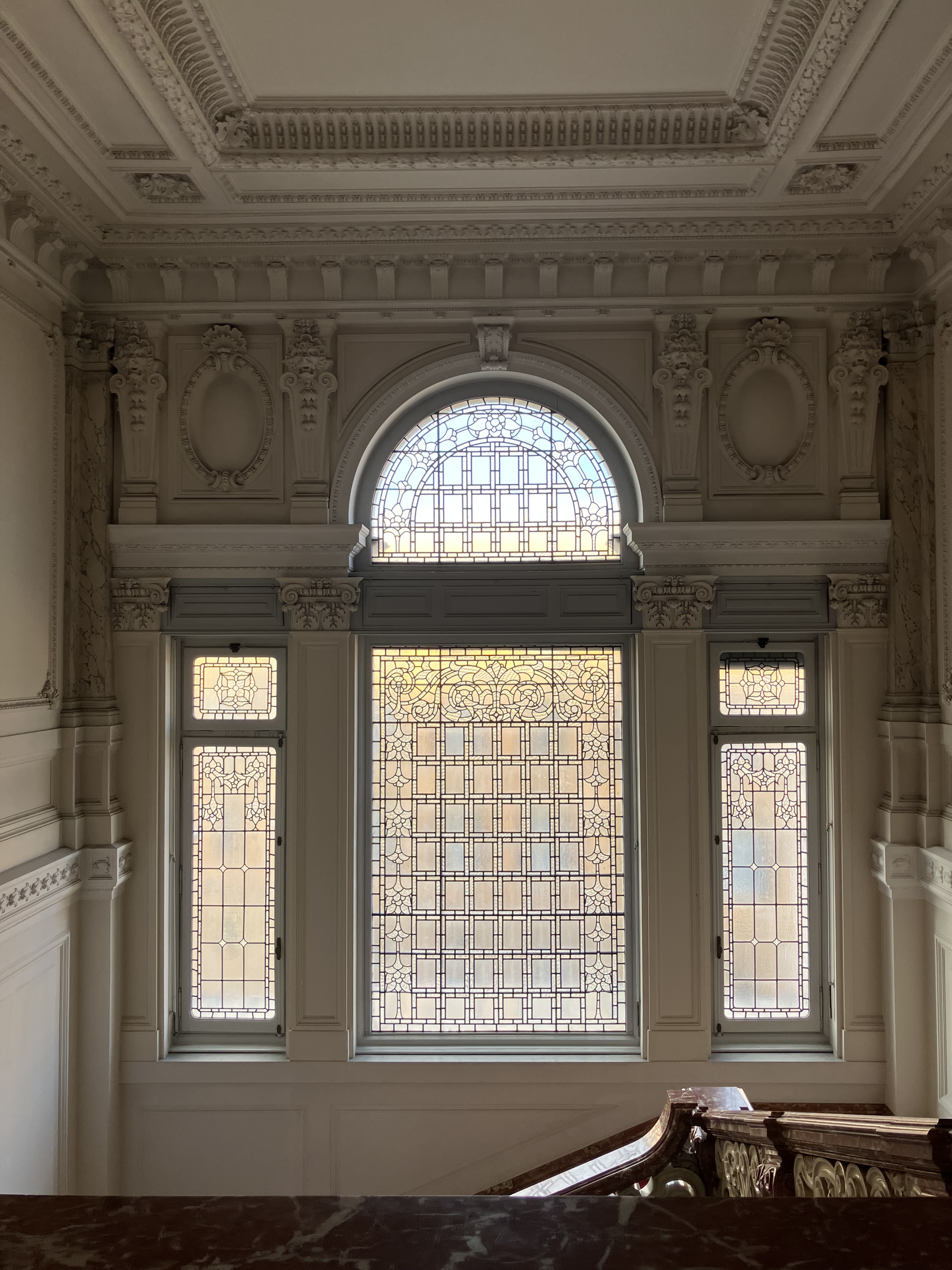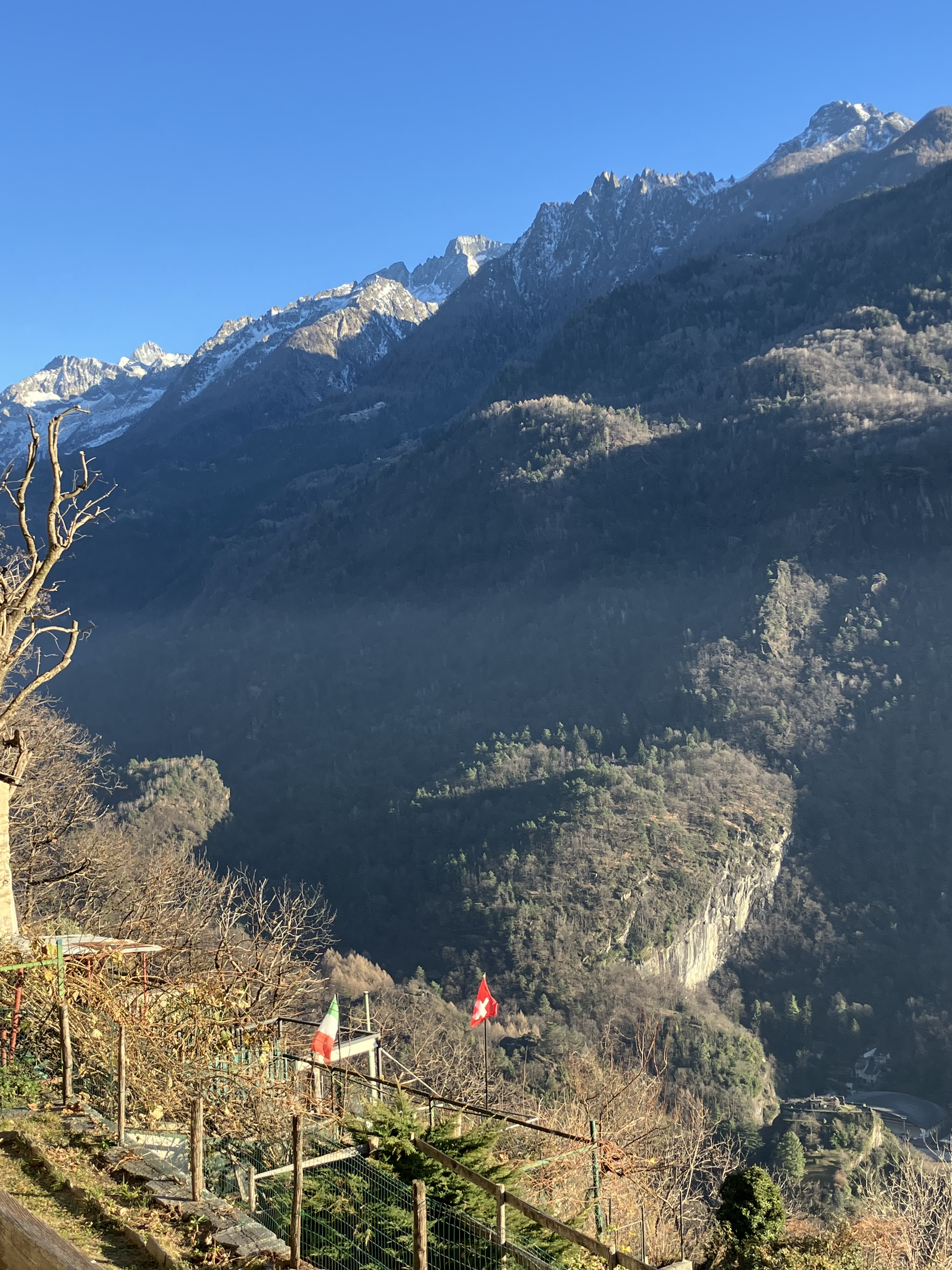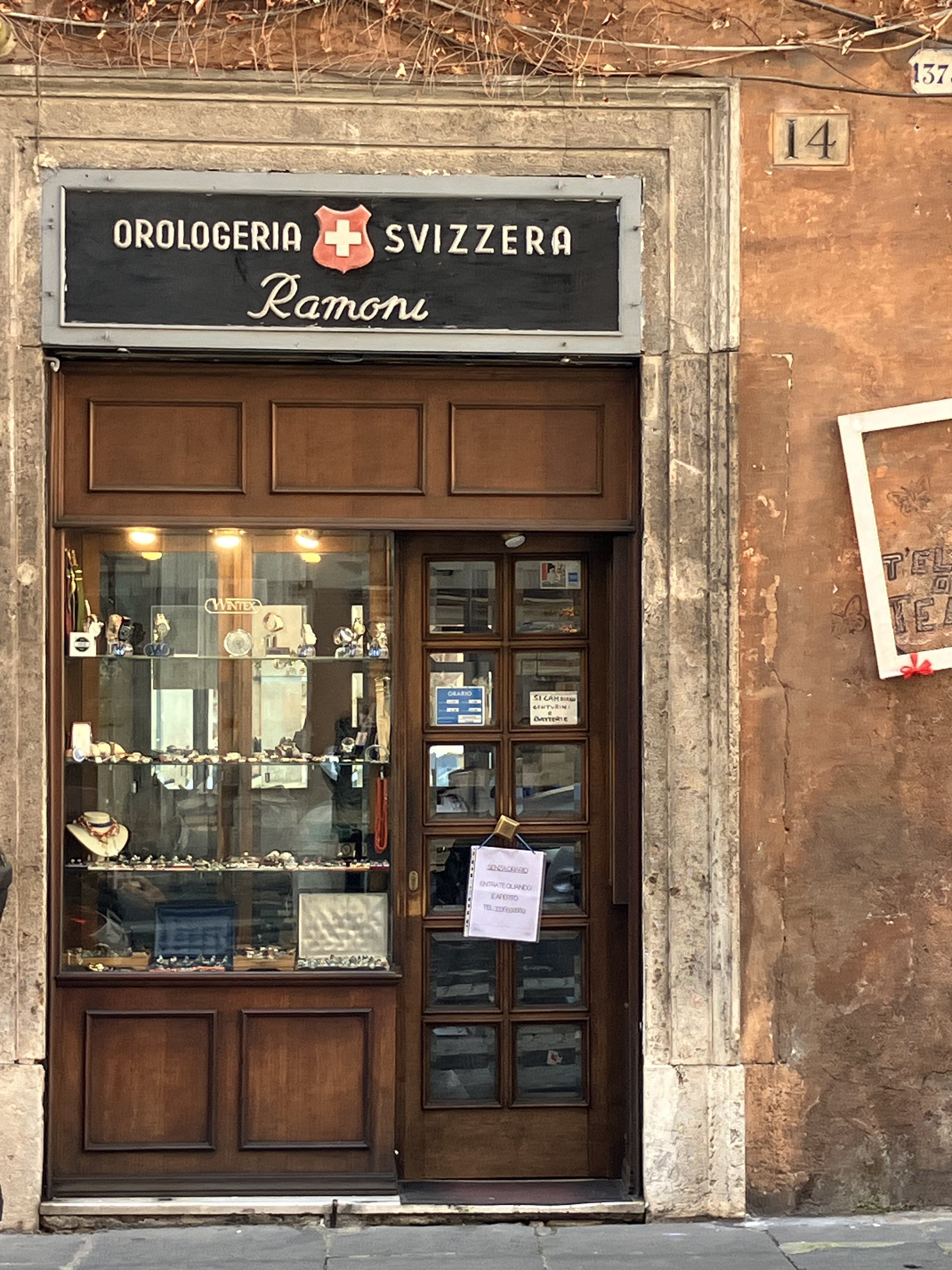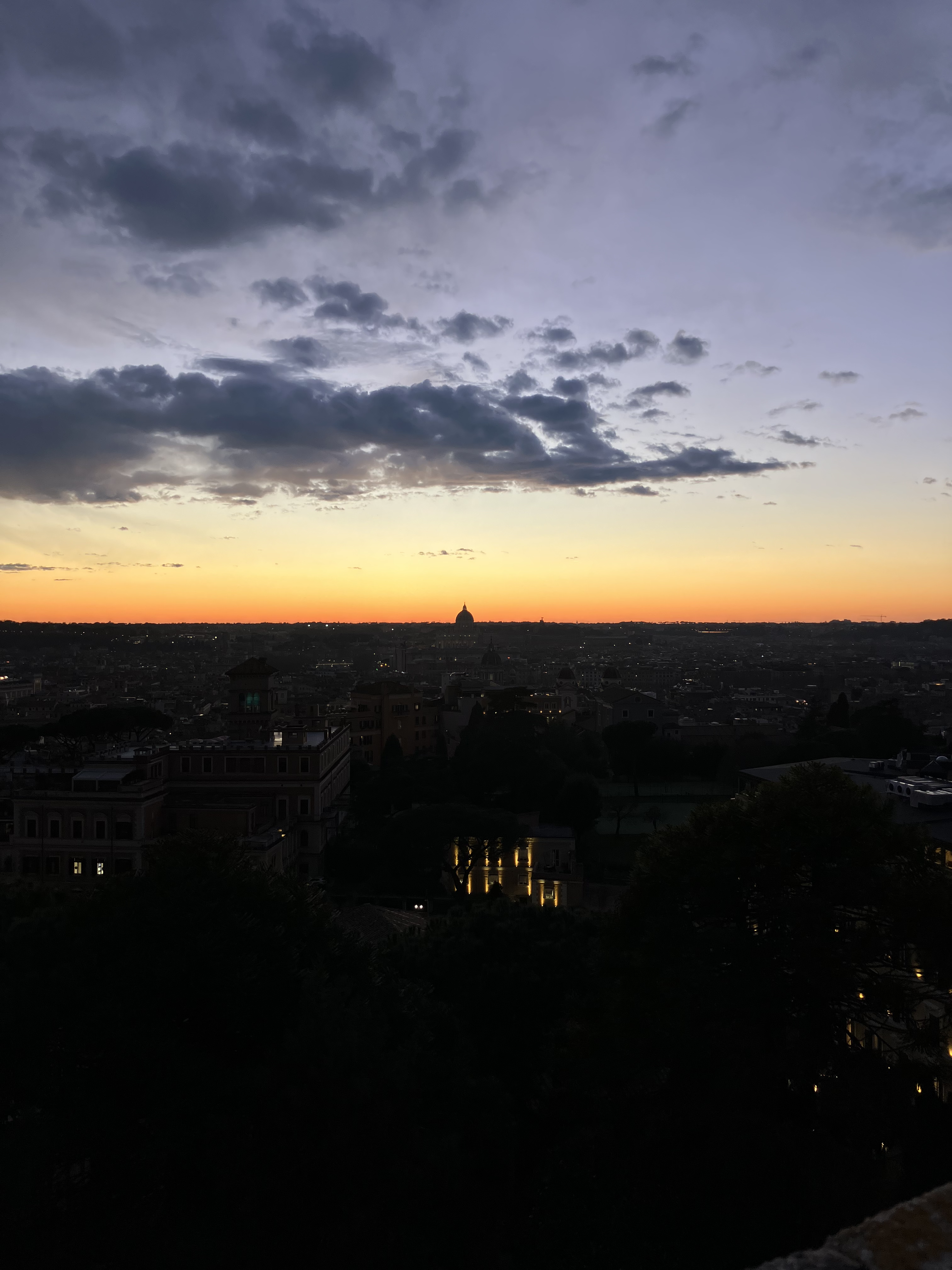Angela Gigliotti is an architect and academic. She is affiliated with ETH Zürich / gta, where she is conducting research in the field of architectural history. Her current project focuses on a monographic thesis titled The Ticinification of Italy (TI–IT): Construction, Financing, and Promotion of Swiss Proximal Coloniality from Ticino to the Kingdom of Italy (1857-1947). She holds an MA in Architecture from the Politecnico di Milano and a PhD in Architecture from the Aarhus School of Architecture. In Rome, she will carry out a case study on the architectural, economic, and social history of the construction of Villa Maraini, as a significant example of intercultural and transnational Italo-Swiss architecture.
What is the main project you will be working on during your residency?
At Istituto Svizzero, I aim to kick off my habilitation research project titled „The Italian Ticinification: Building, Financing, and Promoting Swiss Proximal Coloniality from Ticino to the Kingdom of Italy (1857-1947).“ In brief, with my background in the history of practices, labor, and production studies, I aim to study the impact that some Ticinese actors had on the Italian built environment by reinvesting the capital derived from various extractive capitalist operations. During this first semester of study in Rome, I will focus primarily on a pars pro toto case study: the construction of Villa Maraini, a transnational architecture whose historiography still lacks a labor perspective that I aim to contribute to.

Pars Pro Toto
What do you expect from the residency?
I expect to be able to access two sets of materials: on one side, the building as an artifact; on the other, the primary and secondary sources preserved at Istituto’s archive and library and at the Archivio Storico Capitolino. Specifically, I will look at three clusters: the construction of the Villa from the Ludovisi-Boncompagni ownership to the Maraini ownership; the maintenance of its premises throughout the years; and information related to the Maraini family and their real estate portfolio at large, as the family is one of the pivotal actors under study in my overall research project.
How do you think the dialogue between art and science can influence your work?
As an architectural historian, I have always nurtured my practical background as an architect. In 2015, I co-founded the research-based architectural practice OFFICE U67, which has offered me the possibility to use exhibition, set, and graphic designs as means to share the research findings from my academic career. Reaching the general public and breaking the walls of academic and disciplinary boundaries is the real essence of designing spatial installations by occupying a physical space to disseminate academic outcomes. Istituto Svizzero fuels and inspires my approach by offering many occasions for collaborating across art and science, both formally and informally. In my case, I am particularly interested in instances so far neglected by dominant and overlooked curatorial and scientific narratives, such as class, labor, gender, and race.
What influences your work?
My work is influenced by the contemporary conditions in which I am working. As an architect, educator, and researcher, I have worked in transnational settings, contexts, and environments where physical and national boundaries are often crossed, blurred, and overlapped, and the travel component is very pivotal. As such, I am constantly attracted to an ongoing discourse at the global scale, rather than the local one, in the disciplinary contents under study as well as in my methodology.
Who do you admire most in history?
More than who, I think it is the what that I admire most in dealing with the history of architecture. After completing a PhD where a significant component was related to contemporary labor conditions in architecture under neoliberalism and having dealt with qualitative data collection through interviews, I have been highly exposed to how architects implicitly or explicitly promote their projects as commodities, leaving aside the work conditions in which they operate. I have learned to appreciate the silenced actors rather than the loud ones. By prioritizing quantitative data collection, big data analysis, distant reading, and the act of giving voices to actors and instances that have been muted and unheard for too long.
What music are you currently listening to?
I am a very curious person. Looking at my phone, one might find a range from classical music, such as orchestra and ballet, to trap and electronic music. My guilty pleasure, especially when traveling late at night, is to listen to the same radio shows I have been following since high school, broadcasted on Italian Radio Deejay. Somehow, despite a life in transit, listening to the same shows and radio voices allows me to understand current trends in music and decide whether to download a song on the spot, while also making me feel at home.

Life in transit
Do you have any rituals/routine during work?
I am a to-do list person; I always have been. So, I check calendars, notes, and emails often, from when I wake up in bed to when I go to bed. The ritual of marking things as checked off my to-do list always gives me a high sense of satisfaction.

To-Do-List
What legacy do you hope your research will leave behind?
I hope to contribute to writing an alternative historiography about the impact of Ticinese actors on the Italian built environment. One that might expand the single-male heroic narrative promoted for too long and its current periodization in architectural history, which has so far been limited to early modernity and a few “masters.” One that aims to problematize and unravel colonial instances, extractivist dynamics, and labor perspectives. One that might unlock how the capital extracted from farming and plantation activities has shaped the built environment in contexts much farther from the extraction sites.
What fascinates you about Rome?
The sunset and the horizon seen from the highest point in the top tower of the Istituto fascinate me the most.

Sunset at Istituto Svizzero
The future for you is…?
Now.